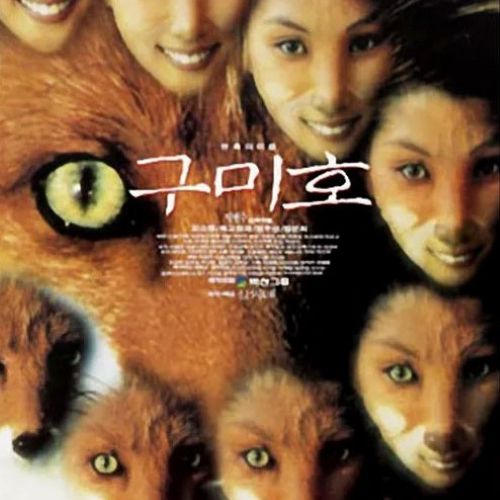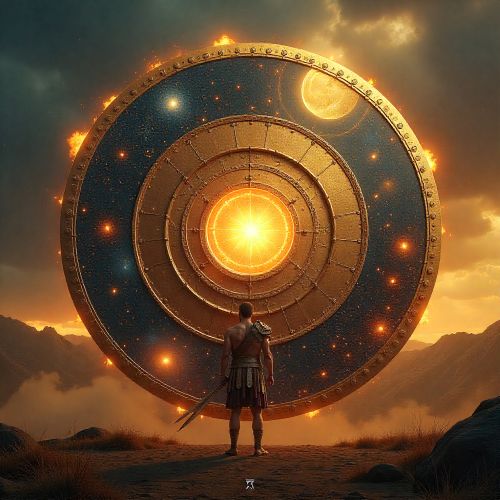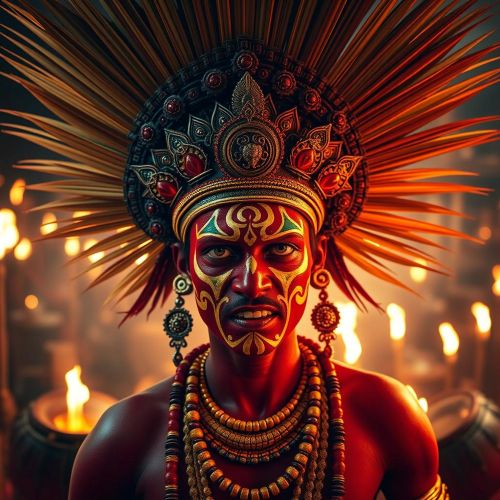Theyyam vs Bhuta Kola: Understanding South India’s Sacred Ritual Traditions
In the vibrant cultural landscape of South India, two powerful ritual traditions stand out — Theyyam from Kerala and Bhuta Kola from coastal Karnataka. Though geographically close and spiritually intertwined, these two ritualistic art forms differ in their performance styles, mythological origins, and regional contexts. Both Theyyam and Bhuta Kola represent living traditions where mythology, spirituality, dance, and community belief merge into an awe-inspiring spectacle that transcends mere performance.
In the debate of Theyyam vs Bhuta Kola, it’s not about superiority but about how each reflects a community’s relationship with the divine — a reflection of ancient Dravidian spirituality that still thrives today.
Origins and Mythological Foundations
Theyyam, derived from the word Daivam (meaning “god” in Malayalam), is a ritualistic performance deeply rooted in the folk traditions of North Kerala, particularly in the Kannur and Kasaragod districts. It is believed to have originated from pre-Vedic Dravidian practices that honored local deities, heroes, and ancestral spirits. Over centuries, these deities were woven into Hindu mythologies, creating a syncretic tradition that merges tribal beliefs with mainstream Hinduism.
Bhuta Kola, on the other hand, finds its roots in the Tulu Nadu region of coastal Karnataka. The word Bhuta translates to “spirit,” and Kola means “play” or “performance.” Unlike Theyyam, Bhuta Kola centers on the worship of spirits and demigods, often seen as protectors of the land and people. These spirits — known as Panjurli, Jumadi, Kalkuda, or Kallurti — are invoked through elaborate rituals, trance, and possession, serving as mediators between the human and spirit worlds.
While Theyyam incorporates deities that are occasionally integrated into Hindu pantheons like Shiva or Vishnu, Bhuta Kola remains more animistic, maintaining its indigenous identity that celebrates the unseen powers of nature and ancestral spirits.
Performance and Ritual Differences
When examining Theyyam vs Bhuta Kola, the distinction is immediately visible in performance and ritual style.
In Theyyam, performers are transformed into deities through striking makeup, towering headgear, vibrant costumes, and sacred chants. The performance unfolds in temple courtyards (kavus) or sacred groves and includes drumming, fire rituals, and blessings. Once in trance, the Theyyam artist becomes the deity, answering questions, offering oracles, and blessing devotees. Each Theyyam performance tells a myth — stories of goddesses like Muchilottu Bhagavathi or warrior spirits like Kathivanur Veeran — blending history, legend, and social commentary.
Bhuta Kola, however, leans more towards spirit invocation than theatrical storytelling. The performer, adorned with palm-leaf skirts, ornaments, and a fierce mask, becomes possessed by the spirit (bhuta). As the drummers beat hypnotically, the spirit “descends” into the performer, who then speaks directly to devotees, settling disputes and conveying divine messages. The event often continues overnight, and the spirit’s words are treated as sacred law.
While Theyyam is more ritual-theatre, Bhuta Kola is ritual-possession, emphasizing divine communication and community justice.
Social and Cultural Roles
Both Theyyam and Bhuta Kola play profound social roles in their respective communities. Theyyam often represents social resistance and equality — a space where performers from lower castes embody gods and are revered by all, even Brahmins and landlords. It symbolizes the inversion of social hierarchies and reinforces the idea that divinity transcends caste and class.
In Bhuta Kola, the ritual serves as a form of spiritual governance. The possessed performer acts as an intermediary for justice and reconciliation, addressing land disputes, social issues, and family conflicts. The spirits are believed to uphold truth and morality, and their pronouncements carry immense authority.
Thus, while Theyyam offers spiritual catharsis through visual grandeur, Bhuta Kola ensures moral order through spiritual intervention.
Artistic and Symbolic Elements
The artistry of Theyyam is unmatched in its visual impact. The elaborate makeup, known as mukhathezhuthu, takes hours to complete and is symbolic — red for aggression and divine energy, white for purity, and black for destruction. The towering mudi (headgear) can reach up to 12 feet, signifying divine presence. Fire plays a key role, especially in performances like Agni Kandakarnan, where the performer walks through flames, embodying the god’s fierce energy.
Bhuta Kola, while less ornate, emphasizes spiritual intensity. The performance space, usually within a daivasthana (sacred shrine), is decorated with banana stems, tender coconut leaves, and oil lamps. The music is raw and rhythmic, designed to induce trance. The performer’s movements mimic animalistic spirits, reflecting the deep bond between nature, humans, and the divine.
Modern-Day Evolution and Popular Culture
Both Theyyam and Bhuta Kola have evolved into cultural symbols representing the spiritual heritage of South India. While Theyyam has gained recognition through festivals, documentaries, and tourism initiatives, Bhuta Kola gained global attention through films like “Kantara” (2022), which portrayed the spiritual and moral essence of the ritual with cinematic power.
Today, both traditions face challenges from commercialization and urban migration. However, their preservation continues through dedicated communities, scholars, and cultural activists who see these rituals as living embodiments of mythology and identity.
In contemporary India, Theyyam vs Bhuta Kola symbolizes more than two rituals — they represent two philosophies: one that celebrates the deification of humans, and the other that embodies spirit communion. Together, they remind us that the line between mortal and divine is not a barrier, but a bridge.
Conclusion
In the end, comparing Theyyam vs Bhuta Kola is less about contrast and more about understanding two sides of the same spiritual coin. Both express humanity’s timeless quest to connect with the divine, uphold justice, and celebrate life’s mysteries. Whether it’s the divine blaze of Theyyam or the spiritual trance of Bhuta Kola, each ritual continues to captivate hearts and souls, ensuring that the ancient spirits of South India remain alive and revered in the modern world.
No posts were found.









